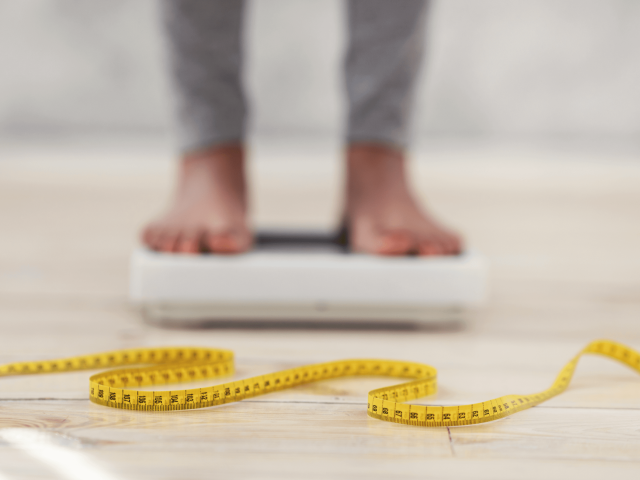
There is no safe level of exposure to lead, especially for kids.
This potent neurotoxin harms practically every organ system in our bodies, particularly our brains. Numerous studies link lead exposure to health problems, including permanent brain damage, lowered IQ, hearing loss, miscarriage, premature birth, high blood pressure and kidney damage.
But there are steps you can take to protect your family. Read on for more about common sources of lead exposure and ways to avoid it.
Paint
In the early 1900s lead paint was commonly used in homes – on the interiors and exteriors of homes, schools, public buildings and even furniture. Lead paint became less common after the 1960s although it wasn’t banned completely until 1978. More than 30 years later, deteriorating old paint remains a major source of lead exposure.
If your home was built before 1978, keep it clean and well-maintained, since dust can carry traces of lead, which is a major source of exposure for children. Take particular care with painted surfaces you touch often, like bannisters, doors and window sills, particularly if you have young children in the house.
Not sure if your home contains lead paint? Consider having it inspected and assessed for risk, especially if you have young children. If you’re planning to remodel a home built before 1978, hire a lead-safe certified contractor who will test paint, partition off the workspace, and take precautions to ensure that lead contamination doesn’t invade your living space.
Talk to people at your daycare, school, community center, church and office as well. Ask when the buildings were constructed and what steps they take to minimize lead exposure.
Drinking water
Lead water pipes have been used in hundreds of cities, most commonly in water lines installed before the 1930s. The EPA has set an action level of 15 parts per billion, or ppb, for lead in water, based on the principle that when water utilities properly manage the corrosivity of drinking water, they can keep the protective coating intact and generally keep lead levels below this level. But as found in recently in Flint, Mich., some water utilities fail to proper manage lead risks, jeopardizing public health. Also, any maintenance or replacement of a home’s plumbing or water service lines can disturb the protective coating and increase amounts of lead in water.
The only way to know if the water in your house contains lead is by testing it. Lead kits are readily available, and may even be provided by the local water utility, as well as by government agencies and nonprofit organizations. Testing for lead is particularly important if:
- You have lead-based water lines leading to your house;
- Your local water company has detected lead in water your neighborhood; or
- You drink water from a private well and your local public health department detects lead in well water in your area.
If you suspect that your tap water contains lead, you can get your water tested on your own. And you should use a water filter designed to remove this contaminant specifically. EWG’s Water Filter Buying Guide offers a list of these filters on the market. Look for products certified for this purpose by NSF International. Always run the tap before collecting water, and use cold water for drinking and cooking.
Soil
Flaking paint, old leaded gasoline and industrial plants can send excess lead into the soil. People who eat food that grows in lead-contaminated soil or track the soil into their homes are at risk for lead toxicity. Likewise, kids who put dirty hands in their mouths may ingest it.
To lower your family’s risk, use uncontaminated soil for home gardens and children’s play areas, leave shoes outside, and wash kids’ hands when they come indoors.
Toys
In 2013 Congress enacted a law, the Consumer Product Safety Improvement Act, tightening the government oversight of lead in children’s toys and other products designed for children under the age of 13. But old, antique or collectible toys, toy jewelry and some toys made abroad may contain lead, either in the paint or plastic material.
There are no visible markers of lead in a toy, so if you suspect your child’s toy contains lead, it’s best to be safe and dispose of it. The U.S. Consumer Product Safety Commission issues recalls of products that contain excessive lead levels. Check the CPSC website for the latest recall information.
Cosmetics
Heavy metals cadmium, chromium and nickel add color to cosmetics. Alarmingly, the same is true for lead.
Scientists with the U.S. Food and Drug Administration conducted two surveys in 2012 and 2013, testing cosmetics for heavy metals. They detected lead in each face paint sampled and in many samples of lipstick, mascara, blush and eye shadow. Other tests have found lead in cosmetics such as traditional kohl and dark hair dyes.
EWG has called on the FDA to get lead out of cosmetics. Toxic metals do not belong in the personal care products, and EWG believes that personal care products containing lead should have a clear and conspicuous warning.
Final tip
Talk to your pediatrician or family physician about your children’s exposure to lead. A simple blood test can reveal if you need to take action to reduce it. EWG recommends testing for all kids who may have been exposed to lead.



